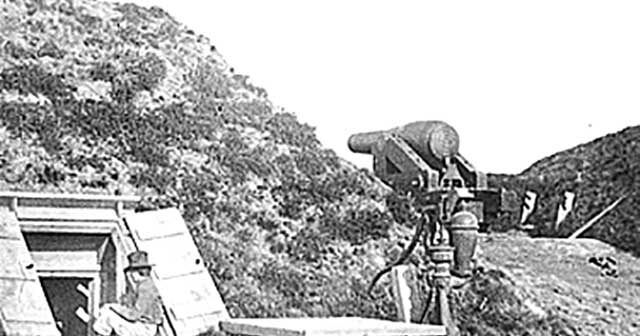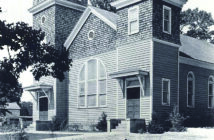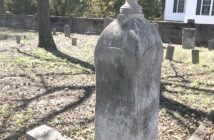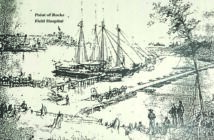Cannons roared, guns rang out, troops dug earthworks fortifications. The Civil War had come to Chesterfield. Bermuda Hundred was now in the thick of it. Drewry’s Bluff was the scene of two battles and skirmishes broke out in the wood between Bermuda and Chester Station until the Confederates kept the Federal or Union forces “bottled up” on the Bemuda Peninsula.
It’s been 153 years since forces from the North and South squared off. Even to this day, some people don’t agree on wh
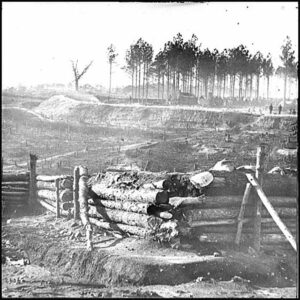
CHESTERFIELD WAS INVOLVED IN MORE CIVIL WAR MANEUVERS ON THE PENINSULA OF BURMUDA HUNDRED SURROUNDED BY THE JAMES AND APPOMATTOX RIVERS. THIS PHOTO WAS TAKEN DURING THE CAMPAIGN ON THE EARTHWORKS ON HOWLETT LINE AT WHAT IS NOW HOWLETT LINE DR. THE REDEVELOPED HOWLETT LINE PARK NOW WELCOMES VISITORS.
at it was fought for.
On May 5, 1864, General Butler moved his entire army on a fleet made up of a plethora of ships carrying as many as 36,000 soldiers serving on garrison duty down the York River to the Chesapeake Bay to join more than 30,000 fighting souls to attack Richmond and bring an end to the war ahead of the 1864 congressional and presidential elections. (Republicans in the North were concerned that, absent some military success, U.S. president Abraham Lincoln would lose the November election to his Democratic challenger, the former Army of the Potomac commander George B. McClellan.)
Butler’s Army of the James landed at City Point (Hopewell) first and then proceeded across the Appomattox River to Bermuda Hundred. The mission was to move on to Richmond and Petersburg two strategic objectives.
The Army of the James, which camped on an open field May 6, the night they landed at Bermuda Hundred, marched the next day toward Richmond.
“After marching six miles, [they]finally bivouacked on the night on May 7 and the following morning made encampment. The men were soon put to work throwing up entrenchments, spades having once more turned up as the trump card in the game.”
“A skirmish was taking place with the [Federals] near Chester Heights [Chester]. Our force succeeded in reaching the railroad and destroying it for some distance, but gained no other advantage other than after losing some two-hundred-and-fifty men.”
“General Beaurgar
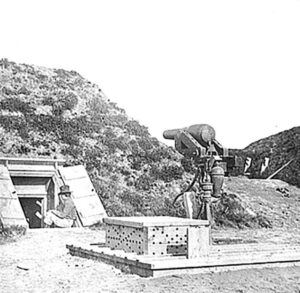
FORT DARLING, DREWRY’S BLUFF 1864
d, who commanded the Confederate forces on the southern front, had succeeded in reinforcing Petersburg the previous night. Butler sent out still a larger force on May 12 under the leadership of Generals Gilmore and “Baldy Smith, which forced the rebels back on Fort Darling, where they were trenched.”
Gilmore and Smith were called upon to guard a battery of artillery near Chester Station.
Both the Federals and the Confederates built trenches and batteries for both protection and offenses operations. They run basically parallel north to south from the James to the Appomattox River.
Remnants of trenches still remain today and although many have been destroyed through progress, some lengths have been preserved though partnerships and tenacious volunteers dedicated to Civil War history.
May 1864 was the most active month of the Civil War in Chesterfield. Over the next three weeks the Village News will explore addition actions on sites at Bermuda Hundred and beyond.
All quoted information from the book:
Thirty-ninth Regiment, Volunteer Veteran Infantry, In the War of the Rebellion, 1861-1865
Charles M. Clark M.D.

